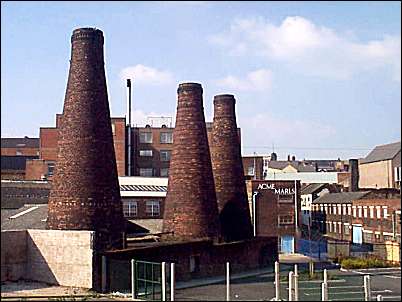Let’s Find out the Different Types of Kilns
There are many different types of kilns that are used for ceramic arts. There are two types of kilns, the continuous or tunnel kiln and the periodic or intermittent kiln. Continuous kilns are continuously firing and are never cool. The items that are to be fired are placed into cars and then slowly move through the kiln. Continuous kilns are mainly used for industrial manufacturing. Periodic kilns are used most often by potters, and fire intermittently. The items are loaded into the kiln; the temperature is set, and then cooled.
Updraft Kiln
The flame is at the bottom of the kiln, below or at the floor level and has three parts, a firebox, damper and stack area. The flame enters at the firebox and the damper is located at the top and regulates the exhaust that includes the atmosphere of the kiln. The pots are set in the stack area and are found between firebox and the damper. Updraft kilns are not as fuel efficient than the downdraft kilns but the majority of commercially built kilns are updrafts and the main reasons for this are that they are easy to build, package and transport.
Downdraft Kilns
Downdraft kilns are made in such a way that they force the flame and hot air, which then circulates through the kiln. The flame is introduced from the bottom and flows upwards. And the construction will then force the flame back down and then it will exhaust at the bottom. There are four main parts, firebox, stack area, damper and chimney. The chimney creates a draw and air flow. The most popular types are sprung arch downdraft kilns.
Sprung Arch Kilns
This type of kiln has an arched roof hence the name sprung arch and the arch is built using a form. When the kiln is completed the form is removed and the arch remains and does not require interior support. These types of kilns displace their weight outwards and because of this tension these kilns are framed with angle iron, which gives support to the arch and will lessen the movement of the bricks that are used to build the kiln.
Catenary Arch Kilns
These kilns have self-supporting arches and the arch is the same as an upside down replica of the curve that is made when a chain or rope hangs upside down horizontally. These arches must also be supported when they are being built and are beautiful because of their graceful form, but are not as efficient when it comes to how the space is used in the stack section. These kilns can be an updraft or a downdraft kiln.
Bottle Kilns
Bottle kilns look very much like beehive kilns but the older style beehive does not have a flue, but the bottle kiln has a short chimney. They are circular, dome or shaped like a bottle and are generally constructed out of a wall. These are updraft kilns and used to be fired with coal during the Industrial Age, but bottle kilns seem to be being replaced by continuous kilns.

